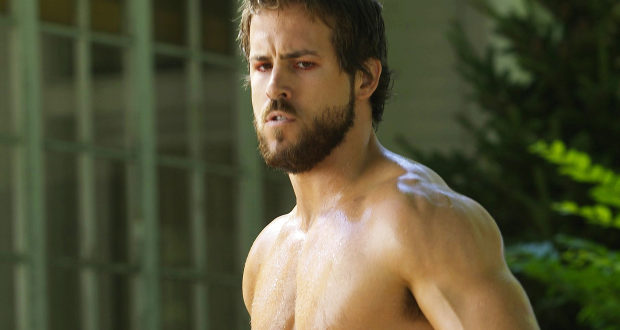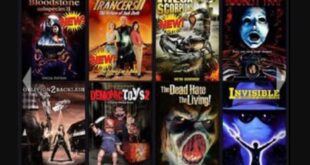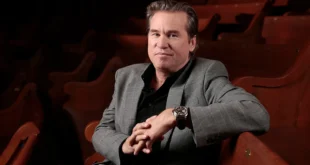One of the most played songs in the horror movie fandom is the hatred of remakes. Whether it’s a new Freddy, a new Jason, or a new Leatherface film on the horizon, there is always a wave of groans and moans about how the genre is losing its originality.
But here’s the thing. Remakes are valuable. They keep the myths, legends, and iconography of the horror of past generations alive and well into the modern world. We need remakes, and to bring to life something from the past takes imagination, too. How can someone inject life into the oft-told story of an undead hockey-masked killer without serious and creative forethought?

A lot of fans in the horror community think that the genre suffers from a lack of imagination. They claim that remakes and sequels are just regurgitated stories, pointless add-ons to an increasingly tarnished legacy. They see a new Michael Myers in a William Shatner mask and wail endlessly online about how poorly it compares with John Carpenter’s original Halloween (1978). They see Jackie Earle Haley in the trademark sweater, hat, and bladed glove of Freddy Krueger and gnash their teeth for Robert Englund. Some people are unhappy with change. But here’s the thing. Some people are wrong.
Dead wrong.
I get so tired of this constant bickering about what horror should and shouldn’t be. Platinum Dunes introduced an entire generation of fans to the classics of horror cinema by re-wrapping them in a slick, glossy package and casting beautiful people. Remakes are part of a tradition of storytelling that stretches back longer than these bitter horror fans realize. The story of Moses has been recreated in film no less than thirteen times. The story of Jesus has been rechristened twenty-six times. Even Aesop’s fables have been retold six times. Stories endure because we find new ways to tell them.

In horror, the stories of Freddy, Jason, and Leatherface aren’t just movies. They’re mythical figures that have shaped the imaginations of countless fans. The enduring legacy of these characters owes as much to the Platinum Dunes remakes of the 2000s and 2010s as to the original films of the ’70s and ‘80s. Like any enduring fairy tale, they modernize and re-energize the classic icons of horror with cell phones, updated slang, special effects and stylistic flourishes of lighting and editing that root them in the modern age.
As much as older fans heap praise on the masterworks of Wes Craven, Tobe Hooper, and Sean S. Cunningham, they overestimate the staying power of their films. Rather than welcoming new fans brought in by the remakes, they bicker and argue over a loss of authenticity. The thrills, chills, and kills in the remakes of Friday the 13th (1980) and Texas Chain Saw Massacre (1974) are as genuinely felt by new fans as the ones gifted to older fans by the earlier films. True horror lovers will seek out the older versions after the remakes make their initial impressions. The less enthusiastic will at least keep the legends alive with ticket sales for the latest scares.
Even on their own, there’s value to the slick sophistication of remakes like The Amityville Horror (2005) and their ilk. They’re thrilling, fast-paced reinterpretations, with swift editing and violently bombastic music. They’re not built for the thirty-and-forty-somethings that grew up with the originals in all their dingy, shoestring glory. They’re built for teens, and the teens responded. Those movies grossed more than $100 million a piece.
All great art accepts a canon of classics and utilizes those standards to create new stories with unique variations. Operas never change the stories of their centuries old tragedies, but allow for endless variations of setting, design, and feeling. That is what Platinum Dunes did for horror in the early 2000s. They used more fast-paced editing, updated language, and higher production values to help icons like Freddy, Jason, and Leatherface do exactly what they promise to do in every movie. They might be dead, their movies might be over, but no matter what, they’ll keep coming back.
 PopHorror Let's Get Scared
PopHorror Let's Get Scared




